Maddy Joseph is a student at Harvard Law School.
The Supreme Court heard oral argument on Monday in Janus. Analyses report that, as expected, there were pointed questions for AFSCME and Illinois by Justices Alito and Kennedy; the four liberal justices took every opportunity to highlight the potential effects of overruling Abood on collective bargaining and the ability of governments to manage their workforces. Justice Gorsuch was silent. There is a summary on SCOTUSblog, plus another analysis there. NPR, the Wall Street Journal, and the LA Times also have solid summaries. At the Atlantic, Garrett Epps highlights how little hard evidence there is in Janus–with no trial, there is not a developed record; and neither Janus nor the U.S. filled in those facts at argument.
The Times had a nihilistic editorial: assuming that the Court would overrule Abood, the editorial put Janus in political context. It began with Merrick Garland and ended, “Whatever the justices decide in Mr. Janus’s case, the drama that preceded it is another reminder of the importance of every Supreme Court appointment.”
In the lead-up to the argument, much of the coverage focused on the political forces driving the case. The Chicago Sun Times covered the intra-state dynamic in Illinois, where the Governor supports Janus and the Attorney General is with AFSCME. EPI and the American Prospect have guides to the groups, including the National Right to Work Legal Defense Foundation, behind the suit. At Slate, Sean McElwee and Mark Joseph Stern focus on the partisan stakes, writing, “While the legal theory upon which Janus is based is specious at best, the political theory is brilliant,” as Republicans stand to gain and Democrats to lose.
Other recent coverage has focused on the potential consequences. Five-Thirty Eight is more optimistic that unions can adapt to an adverse ruling. EPI points out that black women, who disproportionately hold public sector jobs and face a double pay gap, stand to lose the most if public sector unions decline. Vox has a more in-depth analysis of the potentially disparate racial impacts. And the Intercept explores the possible Pandora’s Box of legal claims–related to unions; related to taxes and state bar associations, for example–that a ruling for Janus could open.

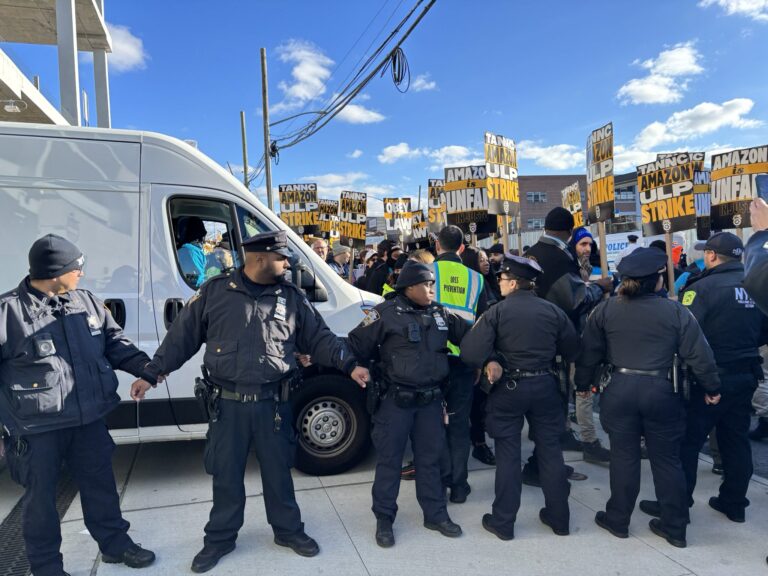
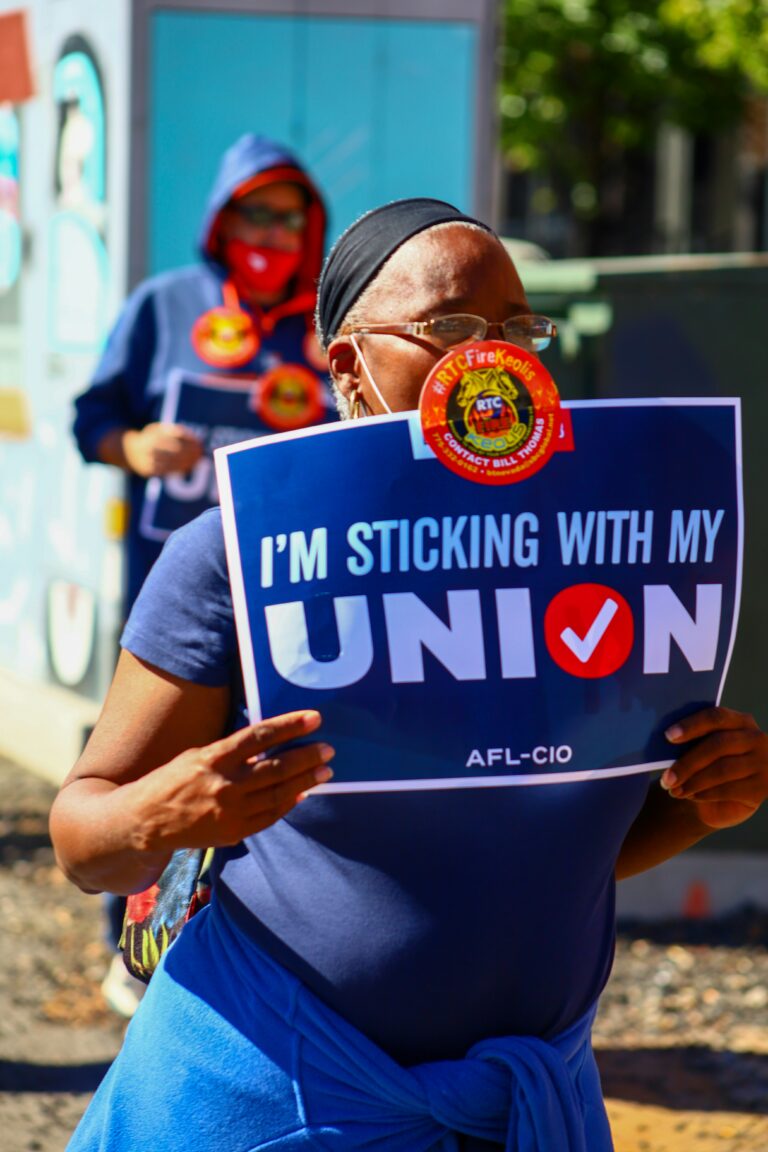
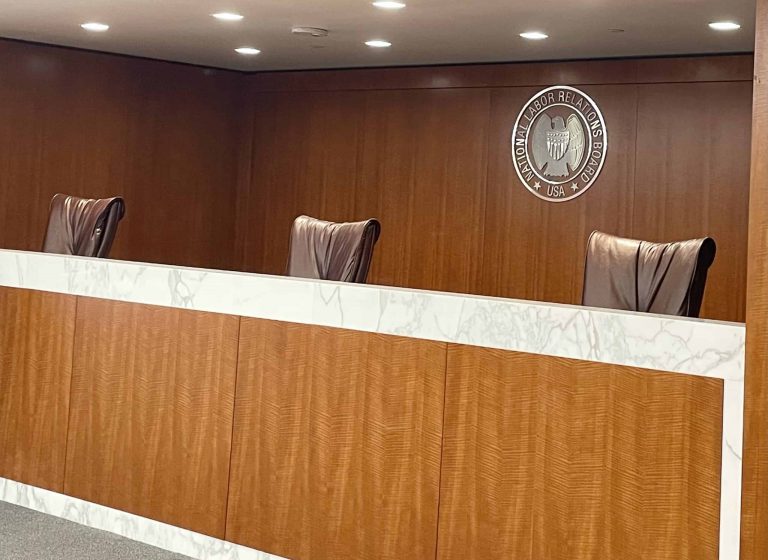
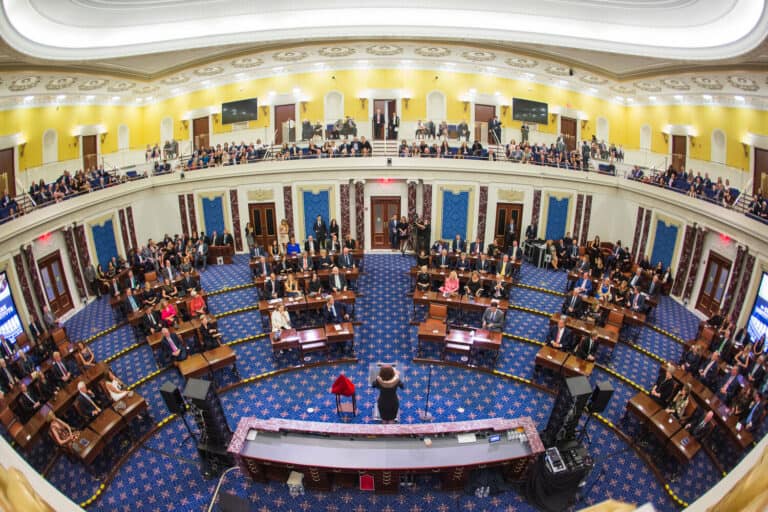


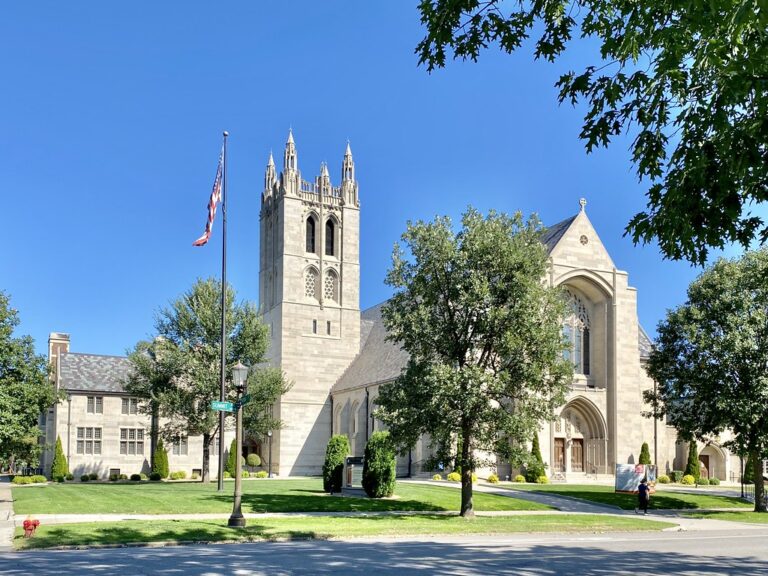
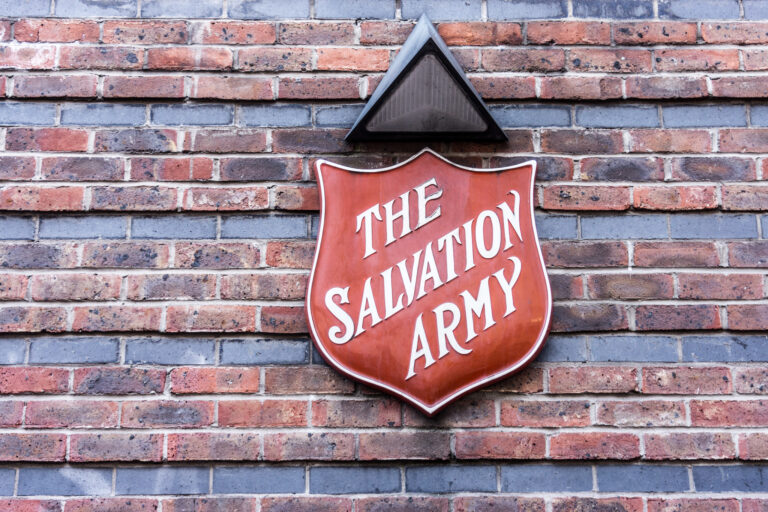
Daily News & Commentary
Start your day with our roundup of the latest labor developments. See all
October 30
Sweden’s Tesla strike enters its third year; Seattle rideshare drivers protest Waymo’s expansion in the city.
October 29
9th Circuit rejects challenge to NLRB's constitutional structure; preemption challenges to state labor peace statutes
October 28
Two federal unions oppose CBA cancellations, another federal union urges Democrats to end the government shut down, and Paramount plans for mass layoffs
October 27
GM and Rivian announce layoffs; Boeing workers reject contract offer.
October 26
California labor unions back Proposition 50; Harvard University officials challenge a union rally; and workers at Boeing prepare to vote on the company’s fifth contract proposal.
October 24
Amazon Labor Union intervenes in NYS PERB lawsuit; a union engages in shareholder activism; and Meta lays off hundreds of risk auditing workers.